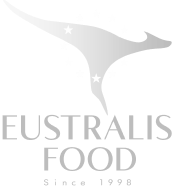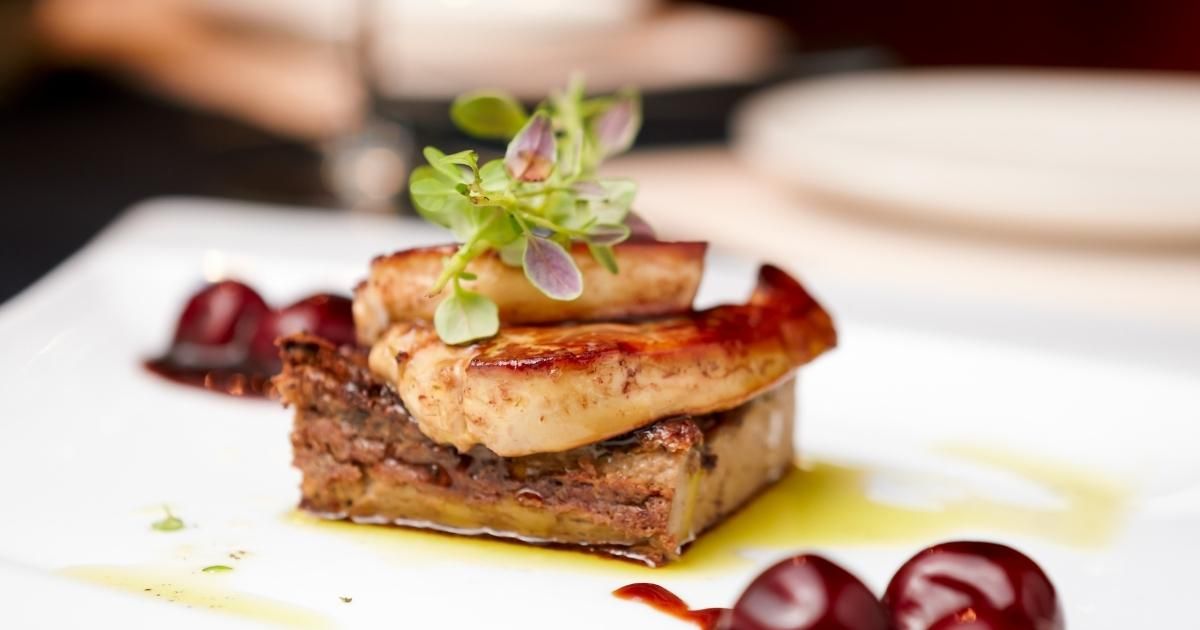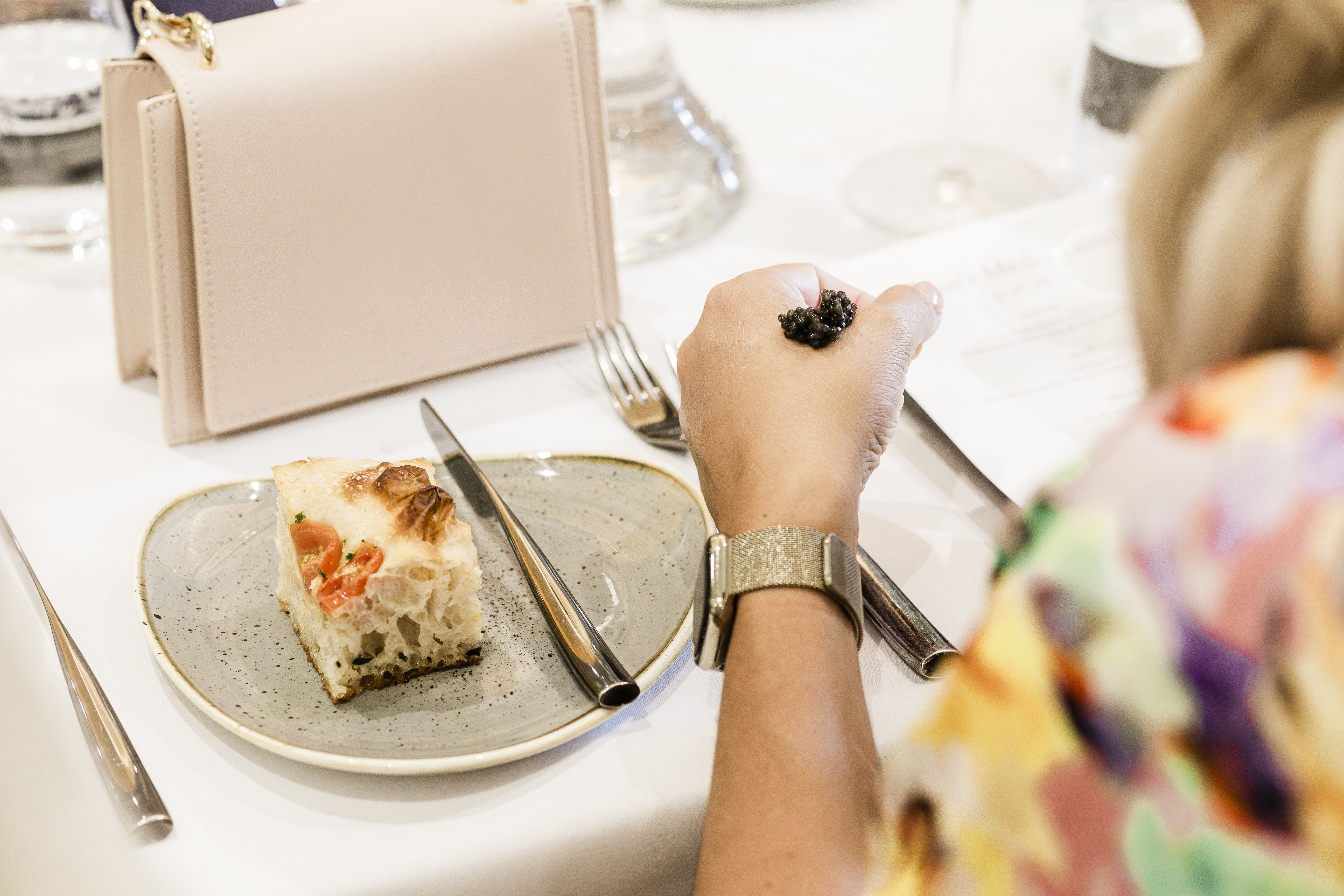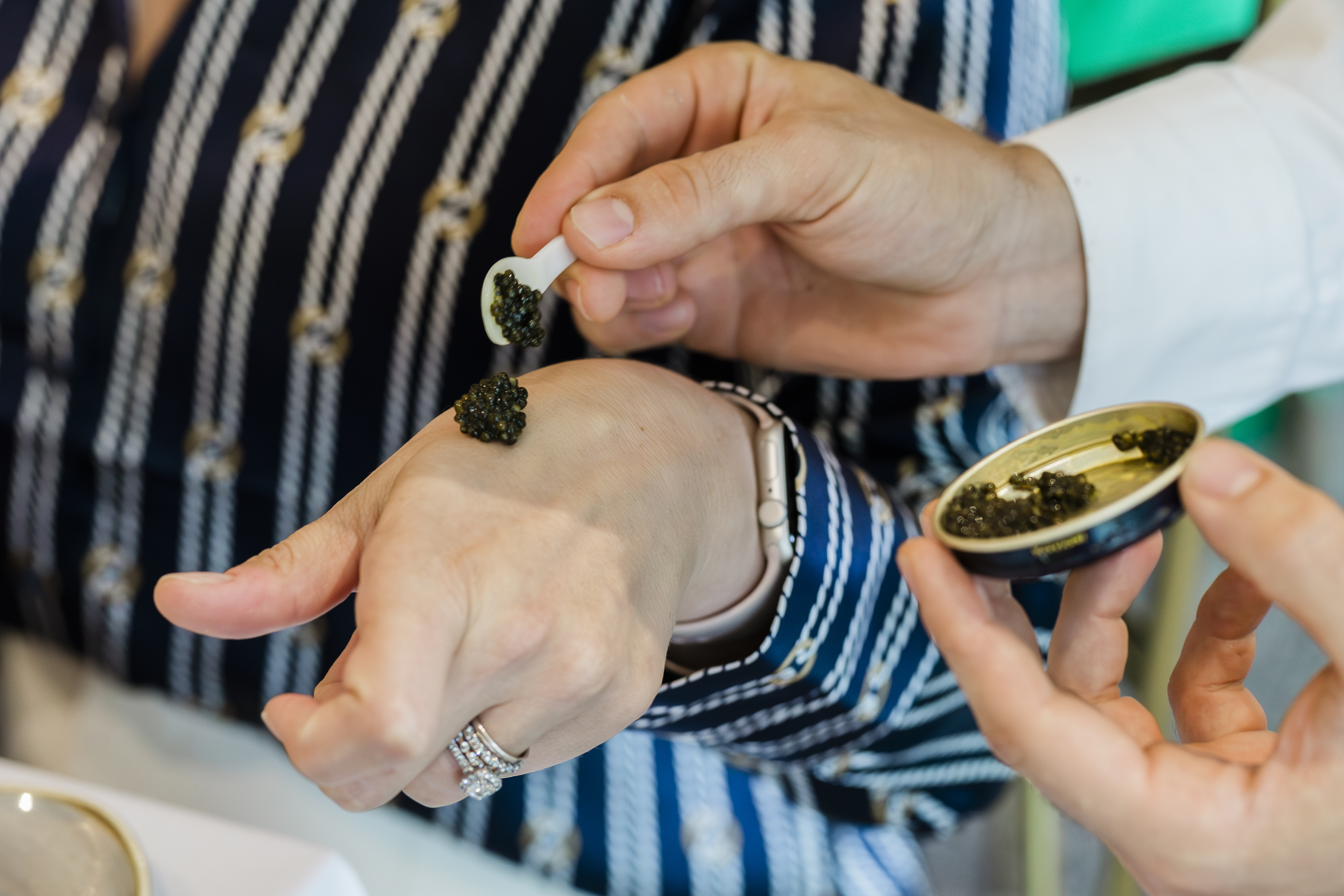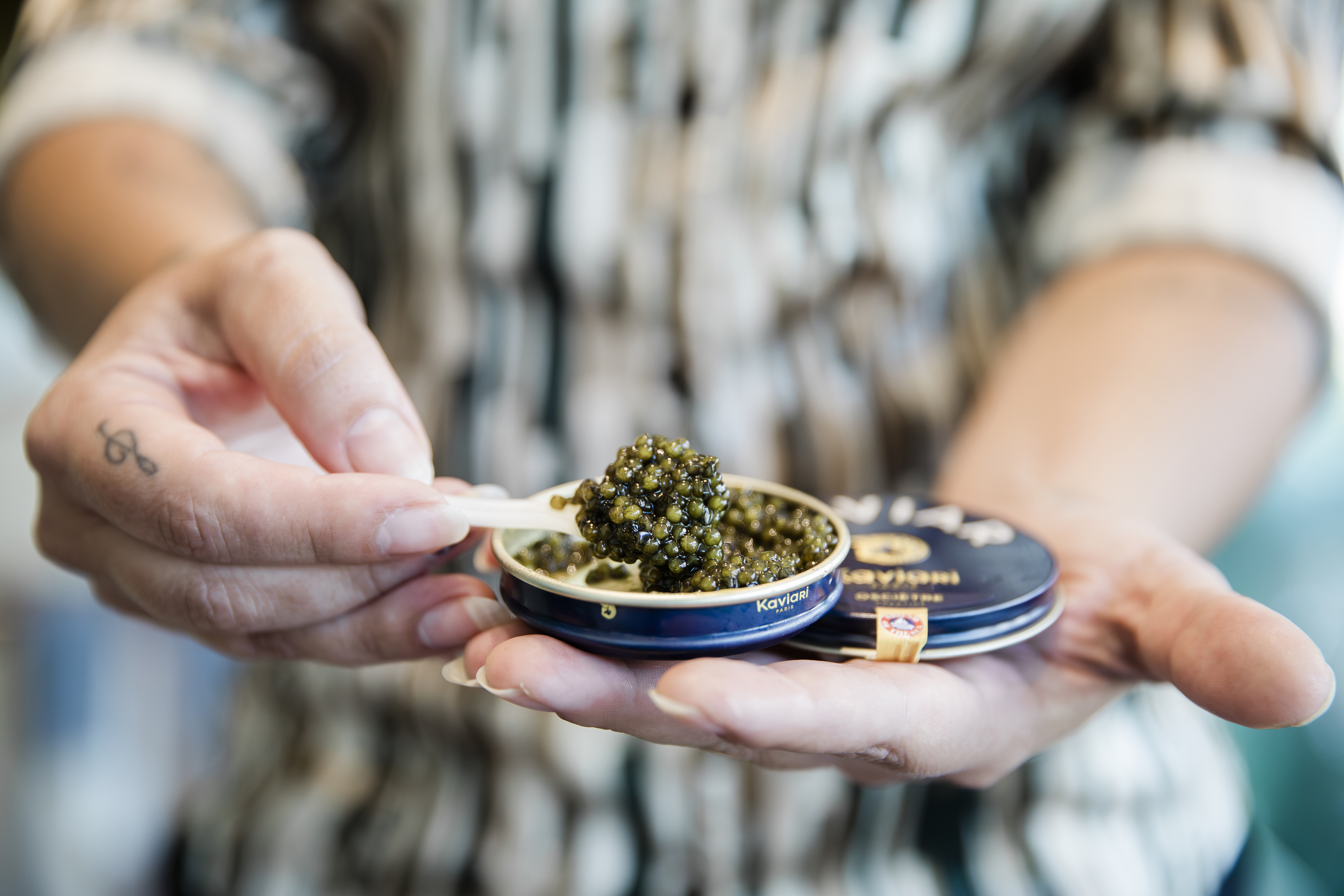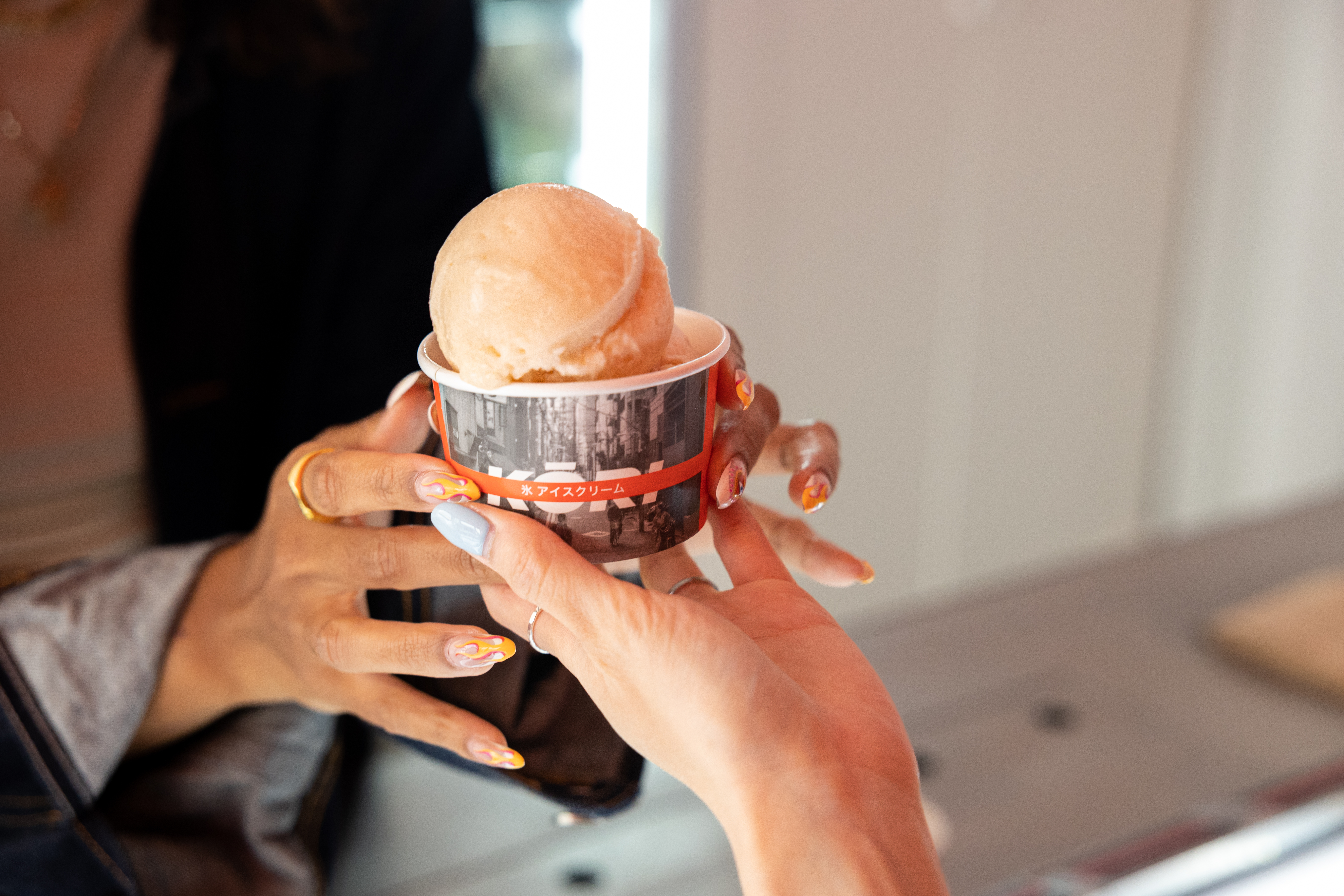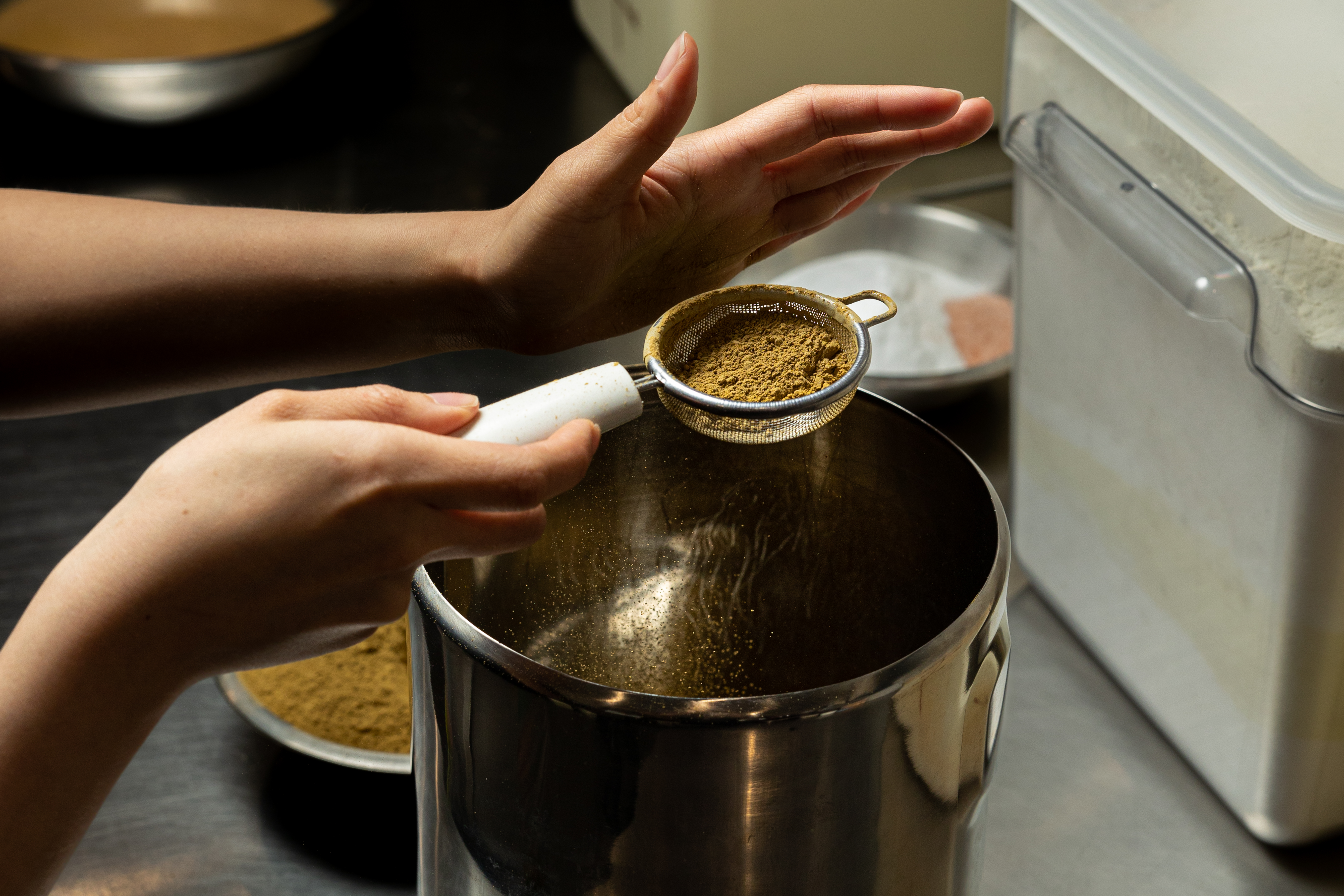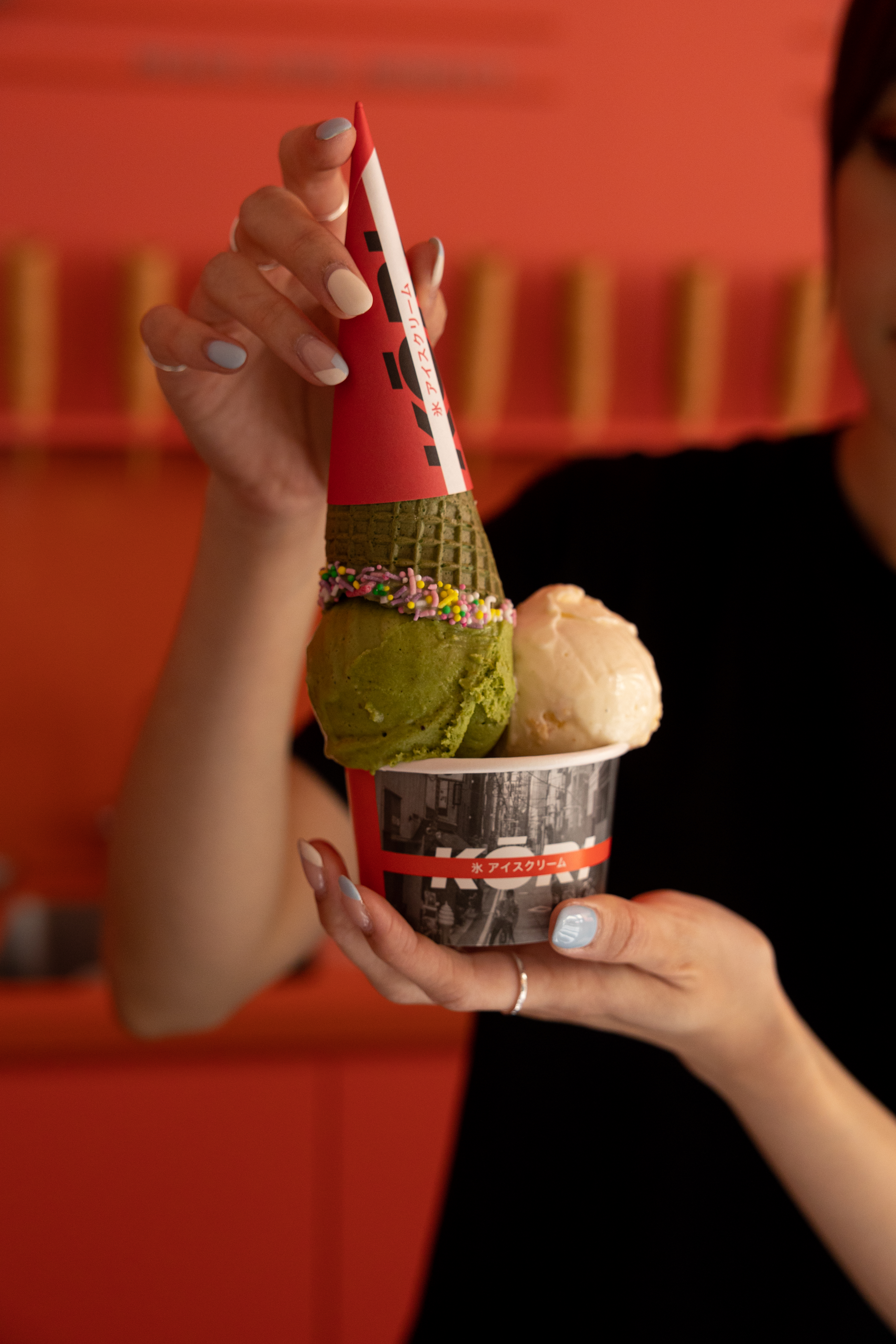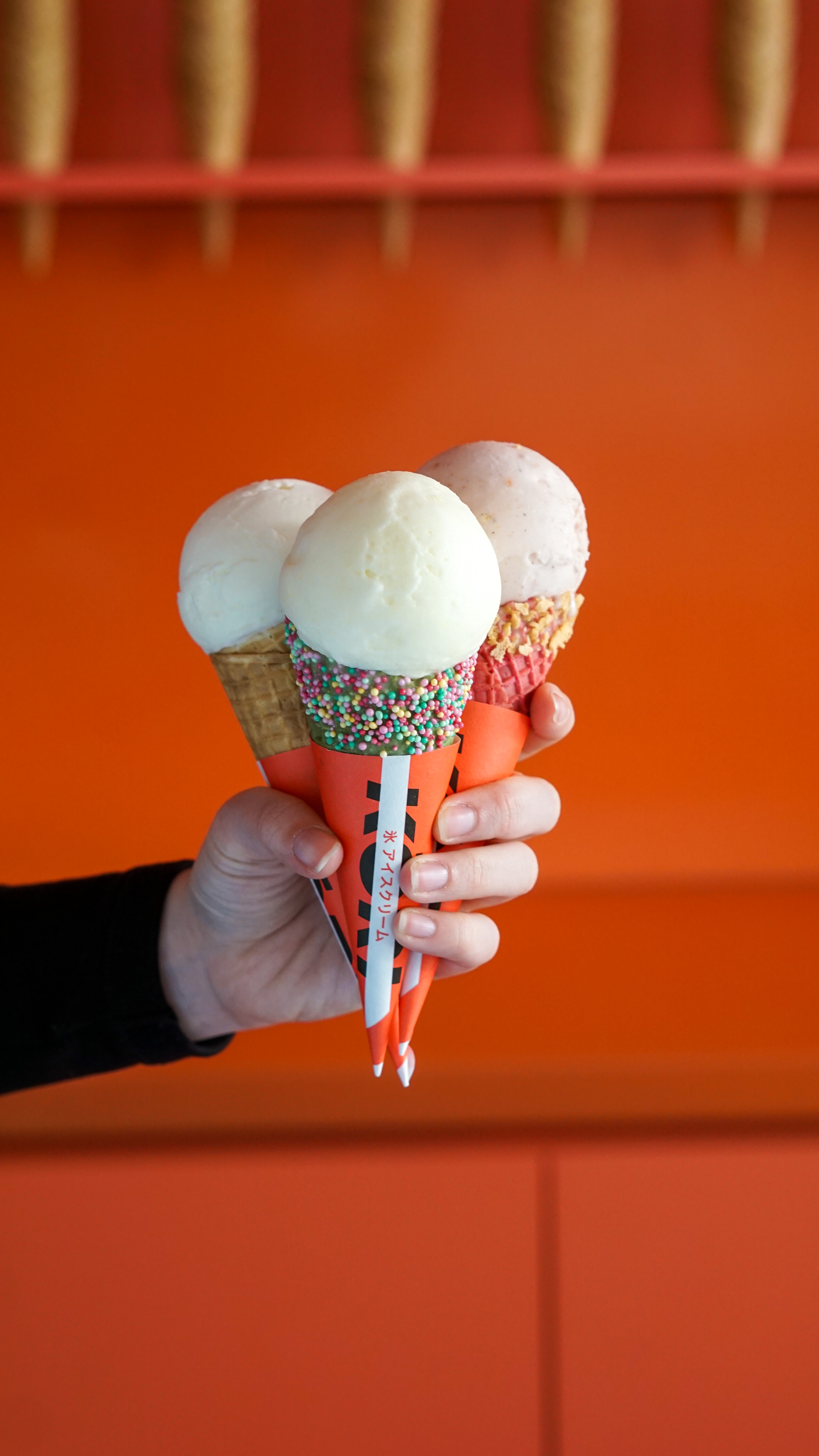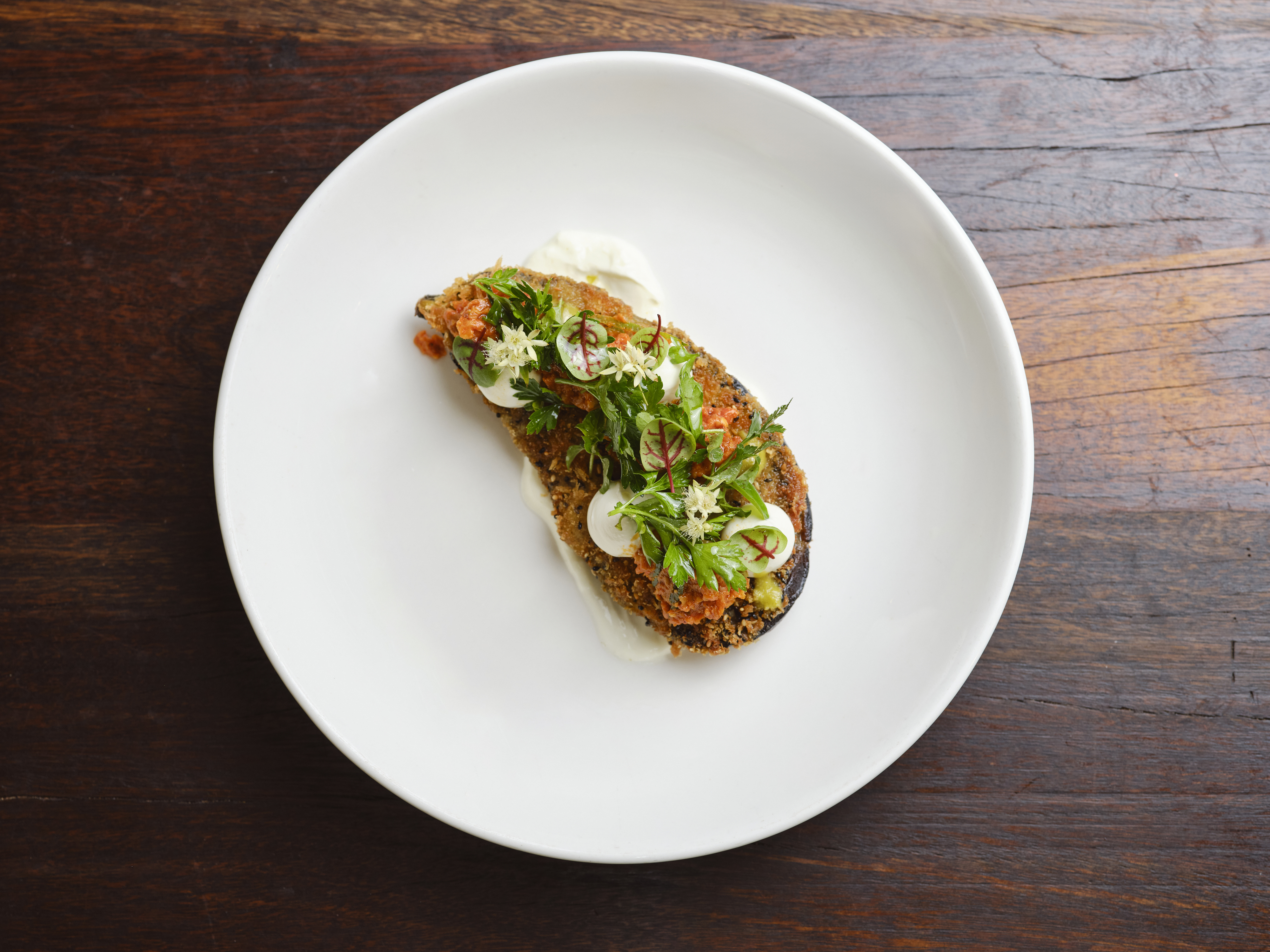Australia’s food industry is entering a new era of innovation, driven by evolving consumer habits and the constant creativity of chefs. This year, we've seen an even stronger emphasis on high-quality ingredients, cross-cultural inspiration, and kitchen efficiency. Let’s explore the top food trends shaping the culinary scene today.
Share article:
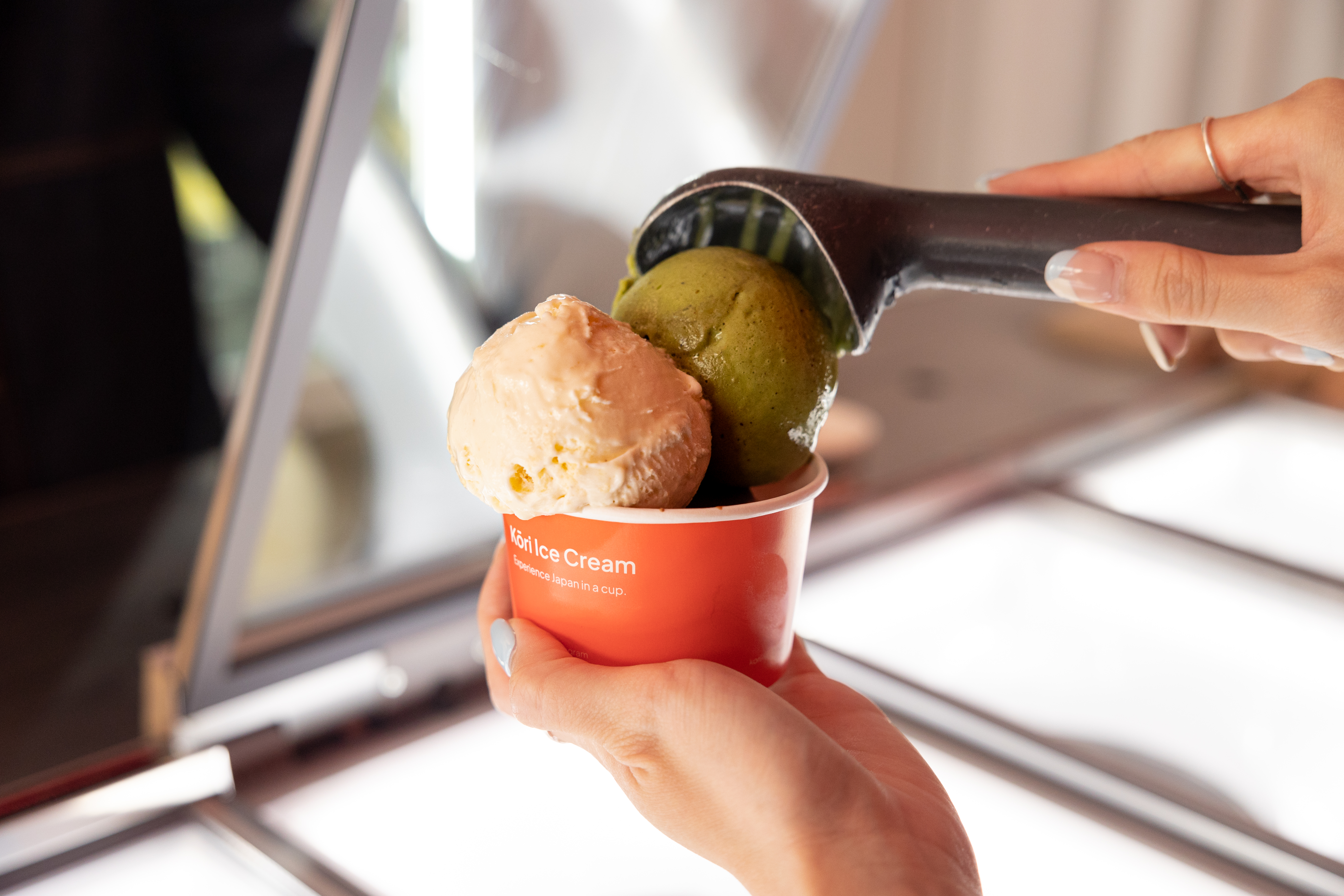
Frozen, but exceptional
The push for premium ingredients continues, with chefs seeking out products that deliver consistency, flavour, and provenance.
Frozen food is no longer second-rate. Thanks to flash-freezing, premium ingredients keep their flavour, texture, and nutrients. Rougié, for example, locks in the delicate texture of their foie gras lobes, delivering fresh-like quality and consistency every time.
The boom of Caviar
Caviar has experienced a remarkable resurgence since 2022, influenced by social media trends and a shift in consumer attitudes. Once a symbol of exclusive luxury, caviar is now more accessible thanks to wider availability and appearances on mainstream restaurant menus.
A key driver of its popularity is the viral “caviar bump” also known as “caviar à la royale” eating caviar from the back of the hand which gained popularity among Gen Z and millennials, especially on platforms like TikTok and Instagram.
Since 2020, global caviar sales have surged by up to 76%, fuelled by pandemic-era indulgence and a wave of culinary experimentation. Chefs are pushing boundaries, using caviar in everything from casual bites to desserts, giving this delicacy a fresh, contemporary edge.
The rise of Asian fusion
In recent years, Australian cuisine has evolved, with Asian influences reshaping both savoury and sweet dishes. Chefs are adding a modern Asian twist to traditional recipes, bringing fresh takes to pastries like black sesame pain suisse, kaya croissants, and miso caramel éclairs. Textures are also being reimagined, with mochi-style fillings in brioche, crispy rice in mille-feuille, and chewy layers in desserts.
What started as a trend has now become a powerful force, driving creativity and innovation in fusion menus and desserts across the country.
Some of the key players in this movement include Sydney’s Tenacious Bakehouse, famous for its matcha yuzu cruffins and taro croissants, and Bistro Nido, which blends French and Japanese flavours with dishes like saffron soubise, hibachi grilling, and ingredients such as white soy, miso, and yuzu.
In Melbourne, Chef Joane Yeoh, Kōri Ice Cream’s founder offers Japanese-inspired scoops like Hokkaido cheesecake, miso banana caramel, and yuzu sorbet, redefining the dessert scene.
On the West Coast, Oliver Buenviaje of Olio’s Fine Food combines European techniques with Southeast Asian ingredients like lemongrass, coconut, calamansi, and tamarind in his bespoke catering menus.
This is just a small sampling of the many chefs and establishments driving this movement, with countless others across the country contributing to the fusion revolution.
Vegan, without sacrifice:
The ongoing global egg shortage driven by avian flu, rising costs, and supply issues has pushed chefs and producers to seek effective alternatives. Yumgo has emerged as a leading solution, offering plant-based egg substitutes in powder form that replicate the structure, emulsification, and aeration of real eggs. Designed for professional use, Yumgo enables the creation of vegan choux pastry, macarons, and even soufflés that closely match their traditional counterparts.
